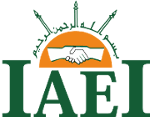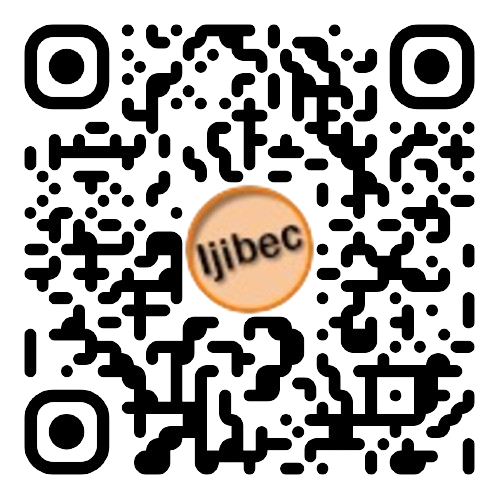Evaluating Efficiency of Zakah Institutions: An Intermediation Approach Using Data Envelopment Analysis (DEA)
DOI:
https://doi.org/10.28918/ijibec.v5i1.2864Abstract
This paper analyzes the efficiency of Badan Aml Zakat Nasional (BAZNAS) and Dompet Dhuafa from 2002 to 2018. Based on selected input and output, the intermediary approach assumes that BAZNAS and Dompet Dhuafa act as a link between muzakki (giver) and beneficiaries. Furthermore, BAZNAS and Dompet Dhuafa were selected as decision-making units (DMU) from 2002 to 2018, and their efficiency was measured using Data Envelopment Analysis (DEA) method under output-orientation with Constant Return to Sclae (CRS) and Variable Return to Scale (VRS) assumptions. The results showed both BAZNAS and Dompet Dhuafa raise the optimum efficiency in the years before 2007. Meanwhile, their inefficiency was mostly due to lack of input such as higher personalia (amil/volunteers) expenses. Therefore, these findings suggests that both technical and scale efficiency should be improved by adjusting the input. This is to achieve the most efficient and productive level of performance in order to fulfill the institutions' objectives as an intermediary between muzakki and the beneficiaries. This paper is among the pioneers that analyzed the efficiency of zakat institutions from their initial establishment to present. Also, existing papers examined data spanning 5 years or less. Hence, long duration of data analysis provides a comprehensive evaluation of fluctuations in the zakat institutions' efficiency and their supporting or inhibiting factors..














